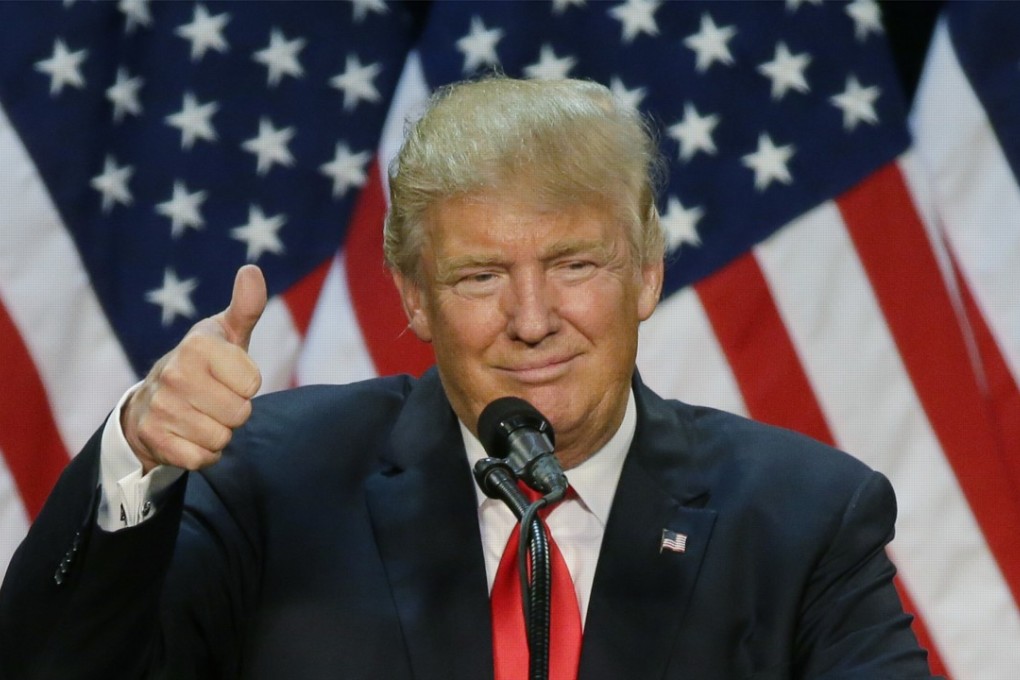Donald Trump’s trade endgame said to be the opening of China’s economy
As the US-China trade clash escalates, the American president is expected to demand that China complete reforms spelt out in a joint report by the World Bank and Beijing

Around the time President Xi Jinping took the reins of leadership in Beijing, some of his country’s highest-ranking officials were finishing a blueprint of further reform for what had just recently become the world’s second-largest economy.
Robert Zoellick, a former US trade representative and World Bank president, worked together with members of China’s State Council, the country’s cabinet, to spell out reforms that would open the Asian nation’s economy and put the market at the centre of it.
“It is imperative that China … develop a market-based system with sound foundations in which public resources finance the delivery of key public goods and services – while a vigorous private sector plays the more important role of driving growth,” according to the joint report called “China 2030”, published in 2013.
“China’s strategy toward the world will need to be governed by a few key principles,” the report said: “open markets, fairness and equity, mutually beneficial cooperation, global inclusiveness and sustainable development.”
But as many China watchers have learned in recent years, Xi had other ideas about what reform meant, and an ambitious government plan to put China at the forefront of technical innovation has sparked the most significant US-China confrontation in decades.
Trump tariffs already hurting US factories as material prices shoot up
The conflict has pitted US President Donald Trump and Zoellick’s successor, US Trade Representative Robert Lighthizer, against Beijing.
Trump’s demand, according to one of his former advisers, is for China to fulfil pledges spelt out in China 2030, which was written jointly by the World Bank, China’s Ministry of Finance, and the Development Research Centre of the State Council.